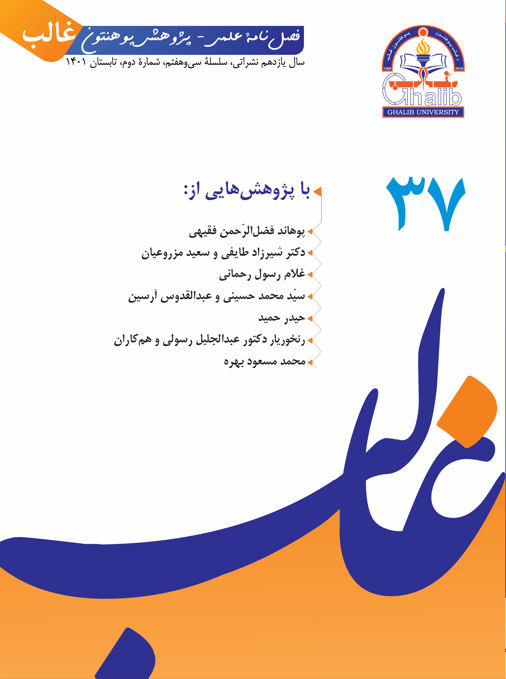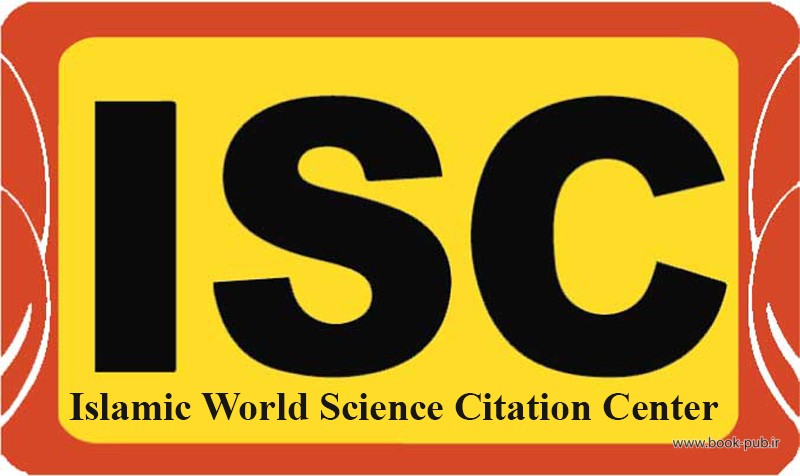Assessment of characteristics of the colon injury and its treatment approach in Herat Regional Hospital (2018-2019)
(2018-2019)
DOI:
https://doi.org/10.58342/.v11i2.72Keywords:
Colon Injury, Herat Regional Hospital, Complications, Surgical Site Infection, Treatment ApproachAbstract
Objectives: Penetrating injuries of abdomen are rife in Afghanistan due to increasing violence, and colon because of its size and anatomical fixity is prone to injuries in these cases. The mechanisms of colon injuries and their treatment methods are different in different parts of the world and in the same country. The present descriptive study was an epidemiological study of 68 cases of colon injuries, their characteristics, and treatment in Herat Regional Hospital.
Methods: This descriptive study examined 68 patients with colon injuries aged 5-70 years from March 21, 2018, to March 20, 2019, in Herat Regional Hospital.
Results: Most colon injuries occurred in male patients (83.82%) aged 25–35 years (38.23%). Most patients (76.47%) were immediately brought to the hospital (76.47%) because of gunshot injuries (54.41%) which did not have prior aid (89.70%). Most injuries were present in the right colon (31.88%), of which 32.35% underwent repair surgery, and the highest occurring complication was surgical site infection (36.76%).
Conclusion: The incidence of colon injuries is high due to shooting and stabbing. Therefore, increasing the equipment and specialized cadre preparedness of the country's hospitals to deal with these types of injuries is likewise necessary. Improving sterilization techniques and better surgical care to prevent surgical site infection should also be considered. It is necessary to carry out wider and more analytical studies to accurately determine the prevalence, complications, and most useful methods for colon injuries in Afghanistan.
References
Cayten, C. G., Fabian, T. C., Garcia, V. F., Ivatury, R. R., & Morris Jr, J. A. (1998). Patient management guidelines for penetrating intraperitoneal colon injuries. Eastern Association for the Surgery of Trauma, 941-956
Chand, S., Bhutto, A. A., Shaikh, A., Soomro, Q., & Memon, A. (2009). Penetrating colonic injuries: Primary evolving as the standard of care. Pakistan Journal of Medical and Health Sciences, 3, 319–321.
Crass, R. A., Salbi, F., & Trunkey, D. D. (1987). Colostomy closure after colon injury: A low-morbidity procedure. The Journal of Trauma, 27(11), 1237–1239. https://doi.org/10.1097/00005373-198711000-00008
Demetriades, D. and others. (2001). Penetrating Colon Injuries Requiring Resection: Diversion or Primary Anastomosis? An AAST Prospective Multicenter Study: The Journal of Trauma: Injury, Infection, and Critical Care, 50(5), 765–775. https://doi.org/10.1097/00005373-200105000-00001
Hatch, Q., Causey, M., Martin, M., Stoddard, D., Johnson, E., Maykel, J., & Steele, S. (2013). Outcomes after colon trauma in the 21st century: An analysis of the U.S. National Trauma Data Bank. Surgery, 154(2), 397–403. https://doi.org/10.1016/j.surg.2013.05.011
Hosseinpour, M., Khaledi, B., & Kashi, A. and. (2009). Post-traumatic colon ruptures in Isfahan and Kashan, 2007-2009. Feyz Journal of Kashan University of Medical Sciences, 12(5). http://feyz.kaums.ac.ir/article-1-700-fa.html
Martin, M. J., & Brown, C. V. R. (2014). Colon and Rectal Trauma. In S. R. Steele, J. A. Maykel, B. J. Champagne, & G. R. Orangio (Eds.), Complexities in Colorectal Surgery (pp. 517–543). Springer New York. https://doi.org/10.1007/978-1-4614-9022-7_34
Maske, A., & Deshmukh, S. (2016). Traumatic abdominal injuries: Our experience at rural tertiary care center. International Surgery Journal, 543–548. https://doi.org/10.18203/2349-2902.isj20160982
Mattox, K. L., Moore, E. E., & Feliciano, D. V. (2017). Trauma. McGraw-Hill Medical, 620–631.
Moore, E. E., Cogbill, T. H., Malangoni, M. A., Jurkovich, G. J., Champion, H. R., Gennarelli, T. A., McAninch, J. W., Pachter, H. L., Shackford, S. R., & Trafton, P. G. (1990). Organ injury scaling, II: Pancreas, duodenum, small bowel, colon, and rectum. The Journal of Trauma, 30(11), 1427–1429.
Mulherin, J. L., & Sawyers, J. L. (1975). Evaluation of three methods for managing penetrating colon injuries. The Journal of Trauma, 15(7), 580–587. https://doi.org/10.1097/00005373-197507000-00004
O’Neill, P. A., Kirton, O. C., Dresner, L. S., Tortella, B., & Kestner, M. M. (2004). Analysis of 162 Colon Injuries in Patients with Penetrating Abdominal Trauma: Concomitant Stomach Injury Results in a Higher Rate of Infection: The Journal of Trauma: Injury, Infection, and Critical Care, 56(2), 304–313. https://doi.org/10.1097/01.TA.0000109856.25273.07
Pachter, H. L., Hoballah, J. J., Corcoran, T. A., & Hofstetter, S. R. (1990). The morbidity and financial impact of colostomy closure in trauma patients. The Journal of Trauma, 30(12), 1510–1513. https://doi.org/10.1097/00005373-199012000-00012
Park, J. J., Del Pino, A., Orsay, C. P., Nelson, R. L., Pearl, R. K., Cintron, J. R., & Abcarian, H. (1999). Stoma complications: The Cook County Hospital experience. Diseases of the Colon & Rectum, 42(12), 1575–1580. https://doi.org/10.1007/BF02236210
Pasquale, M., & Fabian, T. C. (1998). Practice management guidelines for trauma from the Eastern Association for the Surgery of Trauma. Journal of Trauma and Acute Care Surgery, 44(6), 941–956.
Ross, S. E., Cobean, R. A., Hoyt, D. B., Miller, R., Mucha, P., Pietropaoli, J. A., Pachter, H. L., Cogbill, T. H., DeMaria, E. J., & Malley, K. F. (1992). Blunt colonic injury—A multicenter review. The Journal of Trauma, 33(3), 379–384. https://doi.org/10.1097/00005373-199209000-00008
Sharpe, J. P., Magnotti, L. J., Weinberg, J. A., Shahan, C. P., Cullinan, D. R., Fabian, T. C., & Croce, M. A. (2013). Applicability of an established management algorithm for colon injuries following blunt trauma. Journal of Trauma and Acute Care Surgery, 74(2), 419–425. https://doi.org/10.1097/TA.0b013e31827a36e9
Stone, H. H., & Fabian, T. C. (1979). Management of Perforating Colon Trauma Randomization Between Primary Closure and Exteriorization: Annals of Surgery, 190(4), 430–436. https://doi.org/10.1097/00000658-197910000-00002
Yamamoto, R., Logue, A., & Muir, M. (2018). Colon Trauma: Evidence-Based Practices. Clinics in Colon and Rectal Surgery, 31(01), 011–016. https://doi.org/10.1055/s-0037-1602175
Downloads
Published
How to Cite
Issue
Section
License

This work is licensed under a Creative Commons Attribution-NonCommercial-NoDerivatives 4.0 International License.













